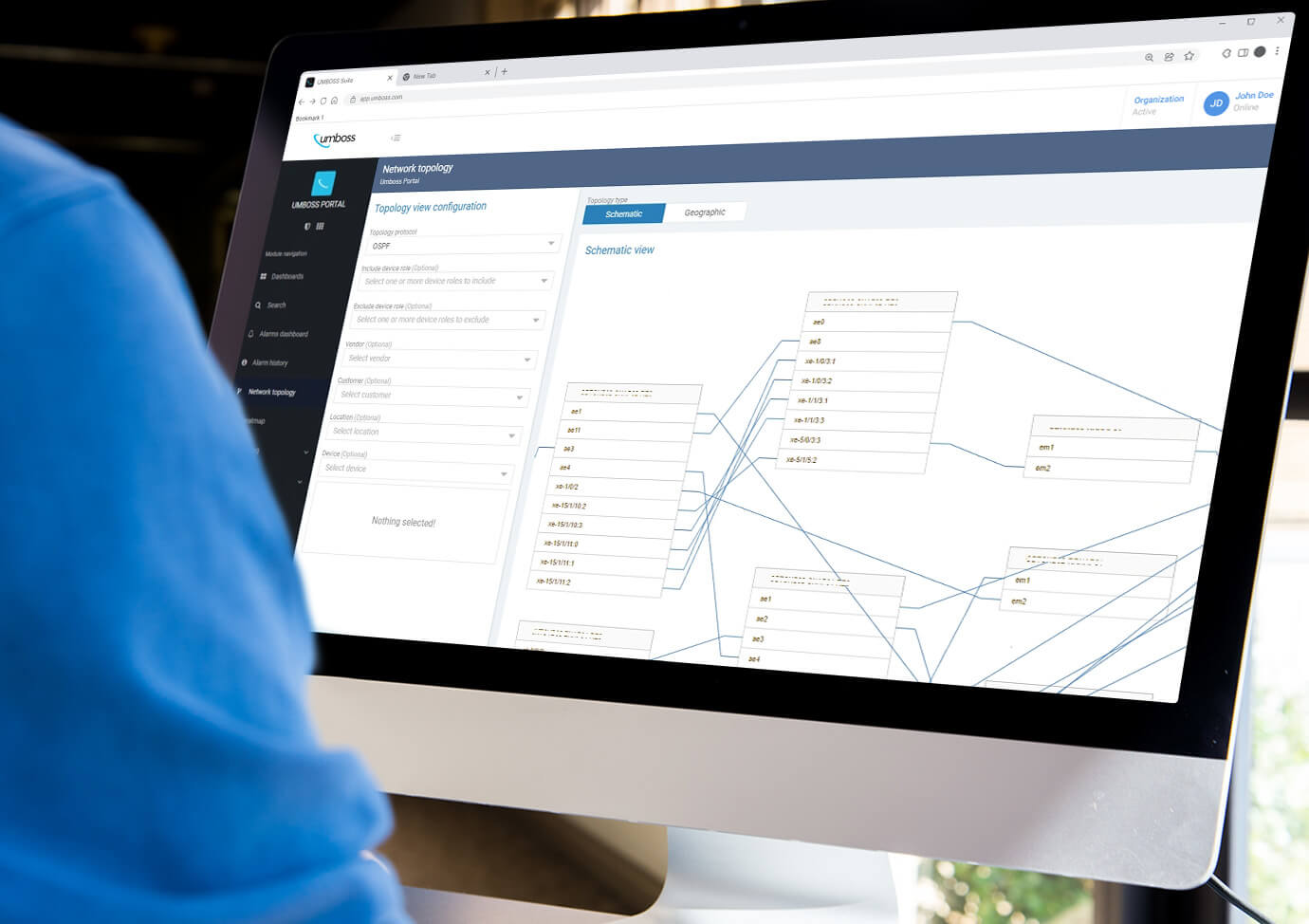Can you really know how your network is actually interconnected?
Network engineers often lose a lot of time by manually identifying how devices are connected while troubleshooting a network issue. They connect on one device, find what interfaces are configured, find the next hop, then connect to the next device and so on … an exhausting process.
Lessen their burden and improve operations by providing a reliable topology view of current topologies of the network based on different protocols like L2, BGP, OSPF, IS-IS, etc.
In a multi-vendor network where your engineers have to jump from Juniper to Cisco, then to Huawei and other types of devices, it’s important to have this insight to make troubleshooting smoother and faster.
Automatically crawl through your network and detect multi-protocol topologies
Crawling and detecting topologies in a multi-vendor environment must be performed automatically so the actual topologies are always exact and up to date. By visualizing different topologies you can drill down to the root cause faster.
The UMBOSS Automatic Discovery and Reconciliation Management (ADM) module specializes in the discovery of active network components and topologies as well as other logical resources provisioned on the devices. It is crucial when network inventory is being newly established and initial network data should be stored. Later it must be regularly updated.
Topology discovery is a process based on complex heuristic algorithms. ADM supports various protocols to discover topology on different network layers, crawls through devices of many vendors, builds topology structure, and documents it. Some of the protocols supported by ADM are:
- L2 Topology (LLDP)
- L3 Topology
- BGP
- IP/MPLS
- IS-IS
- OSPF
- RSVP
- BFD

Schematic topology view in the UMBOSS Portal
Core features of ADM when discovering topology
A few of the many benefits of topology discovery








